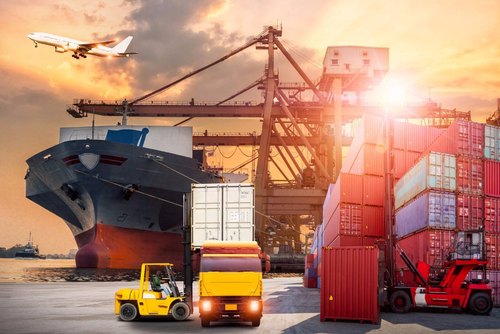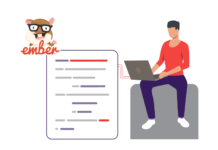Shipping customers’ orders accurately to match their expectations is never easy, especially for online business owners. Errors and delays are bound to happen, given the crucial steps involved. This is where having a full grasp of what order fulfillment entails and its importance in the eCommerce world comes in. An efficient, reliable, and flexible order fulfillment process is essential to avoiding any order-related complaints and satisfying your customer base. The good thing is that your business doesn’t have to shoulder the logistics weight alone with many reputable third-party logistics (3PL) such as QRC Logistics, Ltd fulfillment center around. Outsourcing your online business’s logistics services will enable your business to focus more on other core operations to improve your customer experience and satisfaction.
Order Fulfillment: What is It?
Order fulfillment involves every step from when a sale is made to the final delivery to the customer. It begins when a customer makes an order, the processing of the order, to the moment they receive it. Most successful order fulfillment relies on the services of a trusted third party to complete these crucial fulfillment steps. Order fulfillment is so vital in building customer loyalty and staying competitive in the online business world that seemingly small mistakes can considerably dent your business’s reputation. In fact, a whopping 40% of customers vow never to shop with a retailer again after an unpleasant delivery experience. Strategies to improve on eCommerce order fulfillment should be one of your top priorities to prevent this in your business and stay ahead of your competition.
An Overview of the Order Fulfillment Steps
Whether you’re considering handling your order fulfillment processes in-house or outsourcing them to a 3PL, this article will uncover the crucial general steps involved. Knowing what to expect, including the challenges and benefits, is the best way to build, oversee, and optimize a successful order fulfillment strategy.
#1: Receiving & Storing Inventory
As a general supply chain rule, all Inbound inventory needs to be inspected, counted, accepted and received. This is the first step of order fulfillment. The products or goods can come from various sources, including third parties, company warehouses, pipelines (in the case of fuel or other fluids), digital data, and many different forms.
Barcodes and SKUs are often used to mark received inventory before being stored in various points within the warehouse for easy retrieval later.
#2: Order Processing
Order processing is initiated once a customer has made an order. Most online stores have integrated an order processing system into their customers’ shopping carts that guides the picking team.
#3: Picking & Packing
After an order has been pushed, the picking team will receive a packing slip that includes a description of the ordered items, quantities ordered, colors and sizes, and their location in the warehouse. Once the items have been located and their descriptions ascertained, it’s time to pack them securely.
Depending on the products, the packing can be done by a select packing team or automated robots to optimize dimensional weight. This seeks to lower shipping costs by optimizing spaces within trucks or other transportation mediums. Return shipping labels and other packing materials are also often included for customers who may wish to return or exchange the goods.
#4: Shipping & Delivery
Once packing is done, the order is now ready for shipping. The shippers can be freight lines or airlines, FedEx, the U.S. Postal Service (USPS), UPS, etc. The shippers often determine freight costs through dimensional weight or the actual weight of the items. Meeting packaging rules is vital to ensure no delayed shipments due to declined orders. Once products have been shipped, customers are often notified through order tracking information which can be relayed manually or automatically, depending on the technologies used. It’s common for the shipping process to include several carriers before the product reaches the customer.
#5: Returns & Returns Processing
Customers can return the product for a refund or exchange, and the process must be handled carefully. Returns processing includes a series of quality control checks to determine if a returned product will be restocked or returned to the manufacturer/vendor for a refund or replacement.
While making sales is the joy of any business, the sale is never complete until successful delivery of the product(s) has been made. A seamless order fulfillment process is a sure way for eCommerce businesses to meet their customers’ needs in a timely manner. However, the speed aspect of the delivery should be carefully matched with accuracy for the right products to get to the intended customers. This places order fulfillment best practices (with the organization as its pillar) at the heart of any successful business.
































